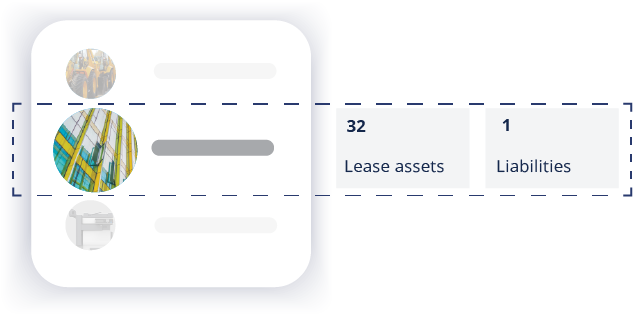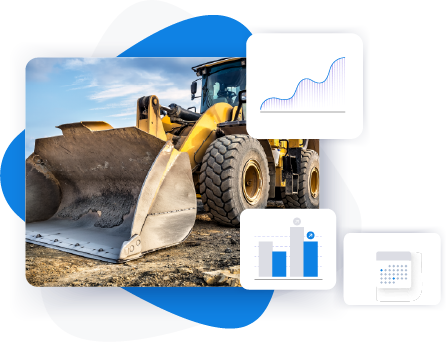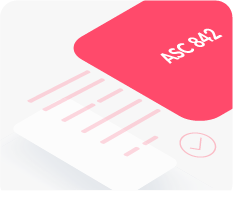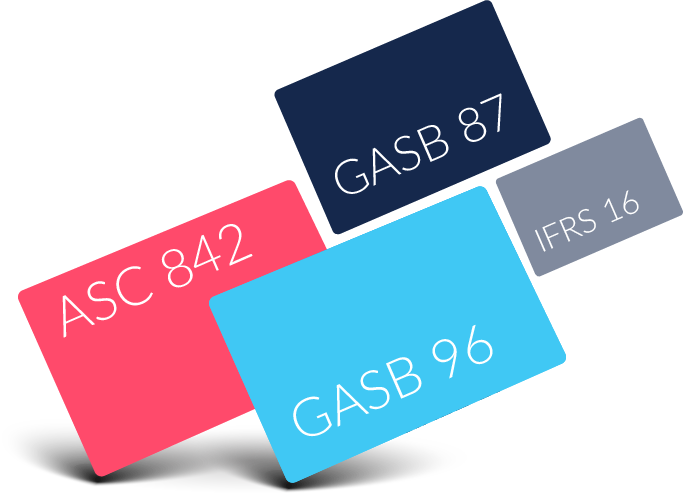The Financial Accounting Standards Board’s (FASB) amendment to the Accounting Standards Codification (ASC) brought a significant shift in financial reporting for most organizations. These standards, which became effective for fiscal years beginning after December 15, 2018 for public companies, and for fiscal years beginning after December 15, 2021 for private companies, aimed to increase transparency in financial reporting by changing how leases were reported. Using these guidelines as a starting point, the Governmental Accounting Standards Board (GASB) also delivered requirements for public sector organizations, effective for fiscal years beginning after June 15, 2021 for leases, and for fiscal years beginning after June 15, 2022 for subscription-based IT arrangements (SBITAs).
Why is lease accounting compliance important?

Better financial transparency
Issued in February 2016, ASC 842 sought to improve transparency in lease accounting by mandating the recognition of lease assets and liabilities on the balance sheet. This requirement applied to almost all leases, including those for equipment and real estate, and was designed to eliminate off-balance sheet reporting of operating leases.

Disclosure requirements
Under the new leasing standards, companies were required to provide detailed disclosures, including the timing, amount, and cash flow implications of lease payments, alongside qualitative and quantitative information about their leasing arrangements.
What are the implications and consequences of non-compliance?
At the commencement date, you will recognize the net investment (lease receivable, the PV of the payments plus unguaranteed residual asset, and the PV of the unguaranteed residual) in the lease, along with selling profit or loss, and derecognize the underlying asset at carrying value. Subsequently, monthly, you will increase the value of net investment by the interest income and reduce it to reflect the lease payments received.
Leveraging technology for compliance
Software solutions became important in helping businesses adapt to and comply with the standards. These tools, like EZLease top-rated software, automated the tracking and reporting of lease accounting data, ensuring accuracy and efficiency.
What are the benefits of using software?
Compliance software significantly enhances organizations’ operational efficiency and financial management by automating and optimizing lease management processes. Here’s a concise overview of its key benefits:
Automated lease accounting: Automates calculations and management of lease data, ensuring accuracy and saving time.
Risk mitigation: Reduces the risk of non-compliance with regulations like IFRS 16 and ASC 842, minimizing financial discrepancies and penalties.
Enhanced reporting: Offers built-in tools for generating comprehensive financial reports, essential for audits and regulatory compliance.
Centralized lease management: Consolidates lease information in one database for better visibility and control over lease portfolios.
Cost savings: Identifies cost-saving opportunities by avoiding compliance penalties.
Continued compliance: Keeps organizations up-to-date with evolving regulations, ensuring ongoing compliance.
Scalability: supports growth by managing increasing lease complexity and volume.
Data security: Protects sensitive financial data with robust security measures.
Enhanced collaboration: Facilitates better communication among departments involved in leasing, aligning strategies and decisions.
Compliance software is a comprehensive solution that not only streamlines lease accounting but also strengthens financial compliance, decision-making, and overall organizational efficiency.
Is your lease accounting compliant?
Adopting ASC 842, IFRS 16, GASB 87, and GASB 96 undeniably transformed lease accounting, fostering a culture of transparency and accountability. As organizations have continued to adapt to these standards, the indispensable role of technology in achieving compliance and harnessing the power of financial data has become strikingly clear. While the journey may have been fraught with challenges, the destination—a landscape marked by clearer financial reporting and strategic decision-making—has affirmed the value of this transformative shift.
As we look ahead, organizations must consider these questions:
1. Are you still navigating the complexities of compliance?
2. Are you still using spreadsheets to manage your lease accounting?
The imperative to align with these standards has never been more essential. Financial integrity and transparency are paramount; the risk of lagging in compliance poses a significant threat to financial reporting, an organization’s reputation, and stakeholder trust. Understanding the technological advancements designed to facilitate this transition is not merely an option but a necessity for forward-thinking entities aiming to secure their place in a future defined by transparency and technology.




